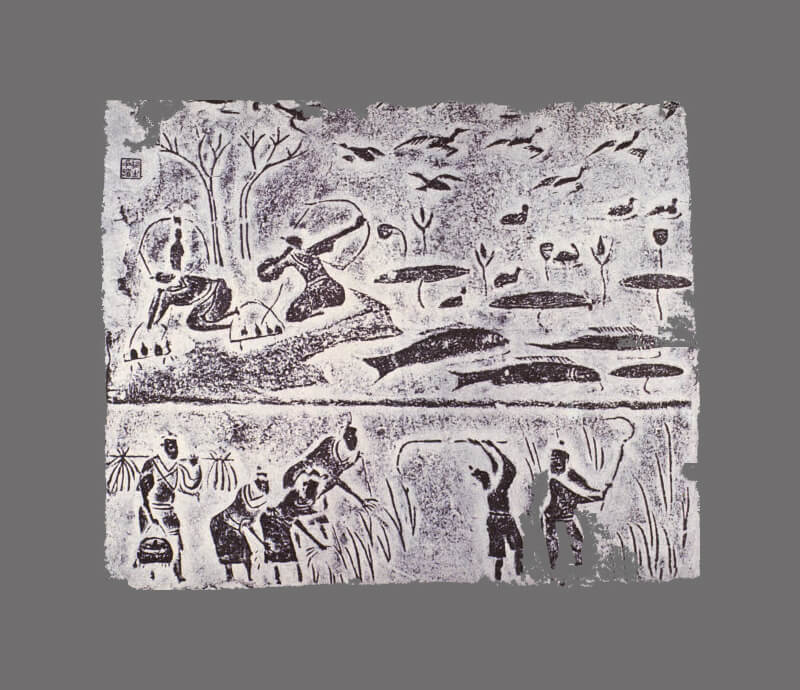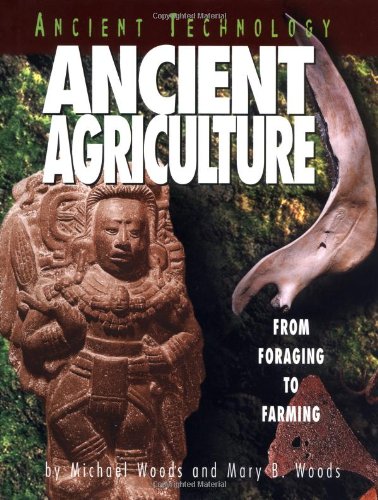Technology can be broadly defined as the use of knowledge and invention to make life better. There are countless forms of technology that we use every day, but perhaps the most essential technology for human civilization is the practice of agriculture. It may seem strange to think of agriculture as a form of technology because it is such an integral part of our lives, but there was a time before agriculture when people had to get their food by hunting and gathering.
All people share the same basic needs for water, food, and protection from the elements. Humans who lived more than 10,000 years ago worked daily to ensure that they could cover their basic needs. These people were called hunter-gatherers because they obtained their food by hunting animals and searching for edible plants. They lived in small family groups and moved from place to place in order to collect food from different sources as they became available. Hunter-gatherers took advantage of all food sources, even scavenging alongside vultures and hyenas, and they lived in nearly every different climate zone. They used fire to cook meat, preserved fish by salting and smoking, and even preserved meat from larger animals by storing it under water where it would stay cool. Even long ago, people were constantly developing new technologies to help them survive and to make life easier.
The development of agriculture, or the intentional production of plants and animals for human use, allowed people to settle in one place and form villages and cities. Approximately 10,000 years ago, the domestication of plants and animals for human use began to develop rapidly. As hunter-gatherers became farmers, they learned to select and save seeds from plants that produced the best crops and to breed the animals that were best suited to people’s needs. The first steps of domestication probably happened by accident, but soon farmers deliberately practiced selective breeding to develop crops and livestock more suited to their needs. The development and cultivation of grains and legumes that are calorie-dense, small, and easy to store allowed people to put away food for winter, for hard times or for use in trade and barter.
Having a reliable food source made people less vulnerable to starvation, and over time, life expectancy increased. However, the advent of agriculture may not have immediately improved nutrition and health. In times of abundance, hunter-gatherers had very nutritious diets, eating mostly vegetables and meat and very little sugar or salt. In contrast, early farmers showed more signs of malnutrition and disease, which likely came from depending on a few starchy crops (wheat, rice, corn) for most of their calories and living in crowded cities where disease spread easily. Over time, these challenges diminished as people learned more about health and nutrition and agricultural practices improved.
As agriculture became more productive and efficient, people were able to produce a surplus of food, and villages developed into civilizations. People began to specialize in different tasks, writing systems arose, and art and science flourished. Around the world, ancient civilizations arose in areas favorable for seasonal farming, animal domestication, and hunting. The best locations for farming provided fertile soil, a long growing season, regular rainfall, and access to fresh water.

